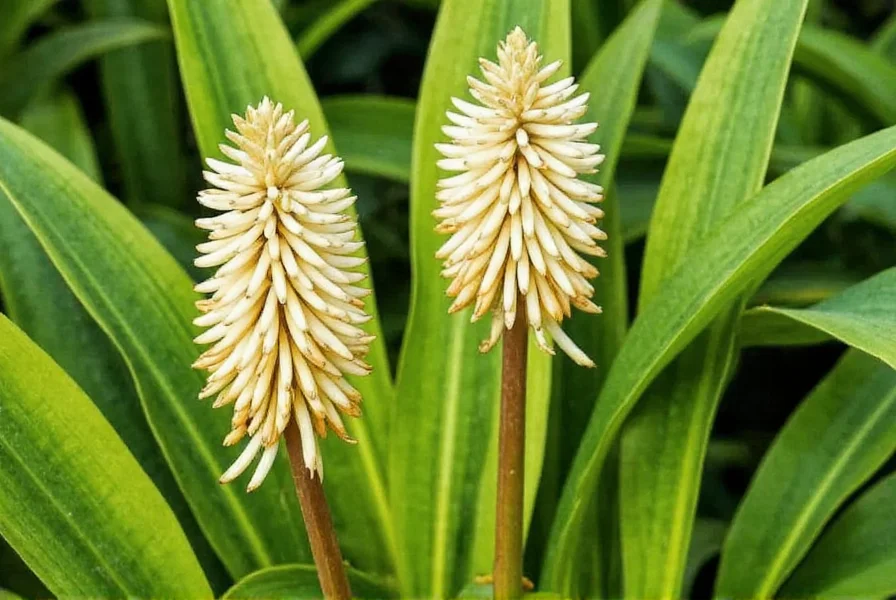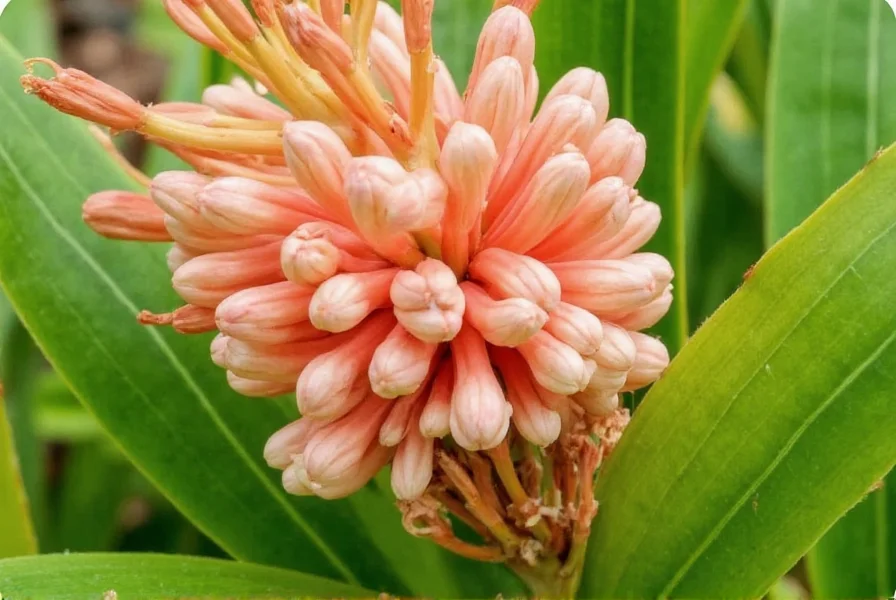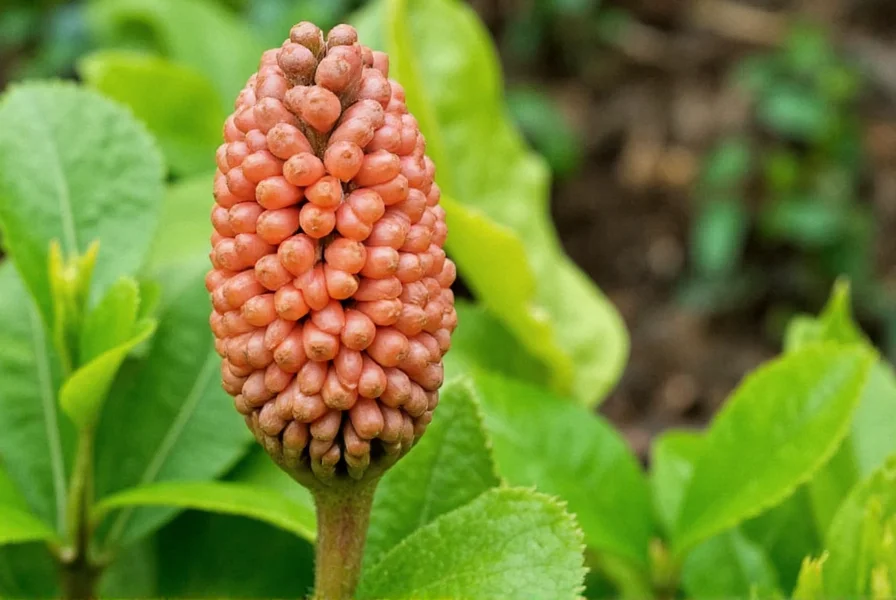The beehive ginger plant (Zingiber spectabile) is a tropical ornamental ginger species native to Southeast Asia, recognized by its distinctive cone-shaped flower bracts that resemble beehives. Growing 6-8 feet tall with lush green foliage, this non-invasive perennial produces vibrant yellow, orange, or red flowers from summer through fall in warm climates. Unlike culinary ginger (Zingiber officinale), beehive ginger is primarily grown for ornamental purposes though some varieties have traditional medicinal uses.
Understanding how to grow beehive ginger plant successfully requires knowledge of its tropical origins and specific environmental needs. This striking member of the Zingiberaceae family has become increasingly popular in subtropical and tropical landscapes due to its dramatic architectural form and unique flowering pattern. Gardeners seeking to incorporate this exotic plant into their gardens will benefit from understanding its specific cultural requirements and growth habits.
Distinctive Characteristics of Beehive Ginger
Beehive ginger's most recognizable feature is its dense, cone-shaped inflorescence that emerges from the center of the plant. These "beehives" (technically flower bracts) start as tight green cones that gradually open to reveal small yellow flowers nestled between overlapping bracts. The bracts themselves may turn vibrant shades of yellow, orange, or red as they mature, creating a striking visual display that lasts for several weeks.

The plant's pseudostems grow from underground rhizomes and reach heights of 6-8 feet with a spread of 3-5 feet. Its long, lance-shaped leaves grow up to 18 inches long, creating a lush, tropical appearance. Unlike many gingers, beehive ginger produces flowers directly from the rhizome rather than from the center of the leafy stem, allowing the flowering stalks to emerge independently from the foliage.
Growing Requirements for Optimal Performance
Successful beehive ginger plant care instructions begin with understanding its native habitat. This Southeast Asian native thrives in conditions that mimic its natural rainforest environment:
| Growing Factor | Optimal Conditions | Tolerance Range |
|---|---|---|
| USDA Hardiness Zones | 8-11 (with protection in zone 8) | Can survive brief dips to 25°F with mulch protection |
| Light Requirements | Partial shade (morning sun, afternoon shade) | Tolerates full shade with reduced flowering |
| Soil Type | Rich, well-draining loam with high organic matter | Adaptable to clay if amended, but not pure sand |
| Moisture Needs | Consistently moist, never waterlogged | Drought tolerant for short periods once established |
| pH Range | 5.5-6.5 (slightly acidic) | 5.0-7.0 acceptable with proper amendments |
Planting and Maintenance Guide
When establishing beehive ginger plant growing zones outside its native habitat, proper planting technique is crucial. Select a location protected from strong winds, as the tall pseudostems can be damaged by gusts. Prepare the planting area by incorporating 3-4 inches of compost or well-rotted manure into the top 12 inches of soil to improve fertility and drainage.
Plant rhizomes horizontally with the growing buds facing upward, covering with 1-2 inches of soil. Water thoroughly after planting and maintain consistent moisture during the establishment period. For gardeners in cooler climates (zones 7-8), consider planting in containers that can be moved indoors during winter months.
Regular beehive ginger plant winter care involves mulching heavily (6-8 inches) in marginal climates when temperatures approach freezing. In zones 8-9, cut back foliage after the first frost and apply a thick layer of mulch to protect the rhizomes. Container-grown plants should be moved to a protected location when temperatures drop below 50°F.
Propagation Methods and Growth Cycle
Beehive ginger plant propagation methods primarily involve division of the rhizome system. The best time for division is in early spring as new growth begins to emerge. Carefully dig up established clumps and use a clean, sharp knife to divide the rhizomes, ensuring each division has at least 2-3 growing buds.
Unlike culinary ginger, beehive ginger follows a distinct seasonal growth pattern. In tropical climates, it grows year-round with continuous flowering. In subtropical regions, growth begins in spring, peaks in summer, and slows in fall with possible dormancy during winter. Understanding beehive ginger plant flowering season helps gardeners anticipate and appreciate its spectacular display.

Common Challenges and Solutions
While generally pest-resistant, beehive ginger can occasionally face issues that affect its performance. The most common problems include:
- Leaf spot diseases: Caused by fungal pathogens in overly wet conditions. Improve air circulation and avoid overhead watering.
- Rhizome rot: Results from poorly draining soil. Amend soil with organic matter and perlite before planting.
- Yellowing leaves: Often indicates nutrient deficiency. Apply balanced fertilizer during active growth periods.
- Reduced flowering: Typically due to insufficient light or nutrients. Move to brighter location and feed with phosphorus-rich fertilizer.
One frequently asked question is whether beehive ginger plant is edible. While some traditional cultures use certain parts medicinally, it's primarily grown as an ornamental. Unlike Zingiber officinale (culinary ginger), the rhizomes of Zingiber spectabile are not typically used in cooking due to their fibrous texture and less pronounced flavor.
Design Applications and Companion Planting
Landscape designers value beehive ginger for its dramatic vertical form and tropical texture. It works exceptionally well as a focal point in shaded garden areas, along water features, or as a backdrop for smaller tropical plants. When planning beehive ginger plant height and spread into your landscape design, allow adequate space for its mature size.
Excellent companion plants include:
- Elephant ears (Colocasia spp.)
- Cast iron plant (Aspidistra elatior)
- Peace lilies (Spathiphyllum spp.)
- Various ferns
For container gardening enthusiasts, beehive ginger makes an impressive specimen plant on patios or near entryways where its distinctive flowers can be appreciated up close. When growing beehive ginger plant in containers, use a high-quality potting mix with extra perlite for drainage and repot every 2-3 years to maintain vigorous growth.











 浙公网安备
33010002000092号
浙公网安备
33010002000092号 浙B2-20120091-4
浙B2-20120091-4